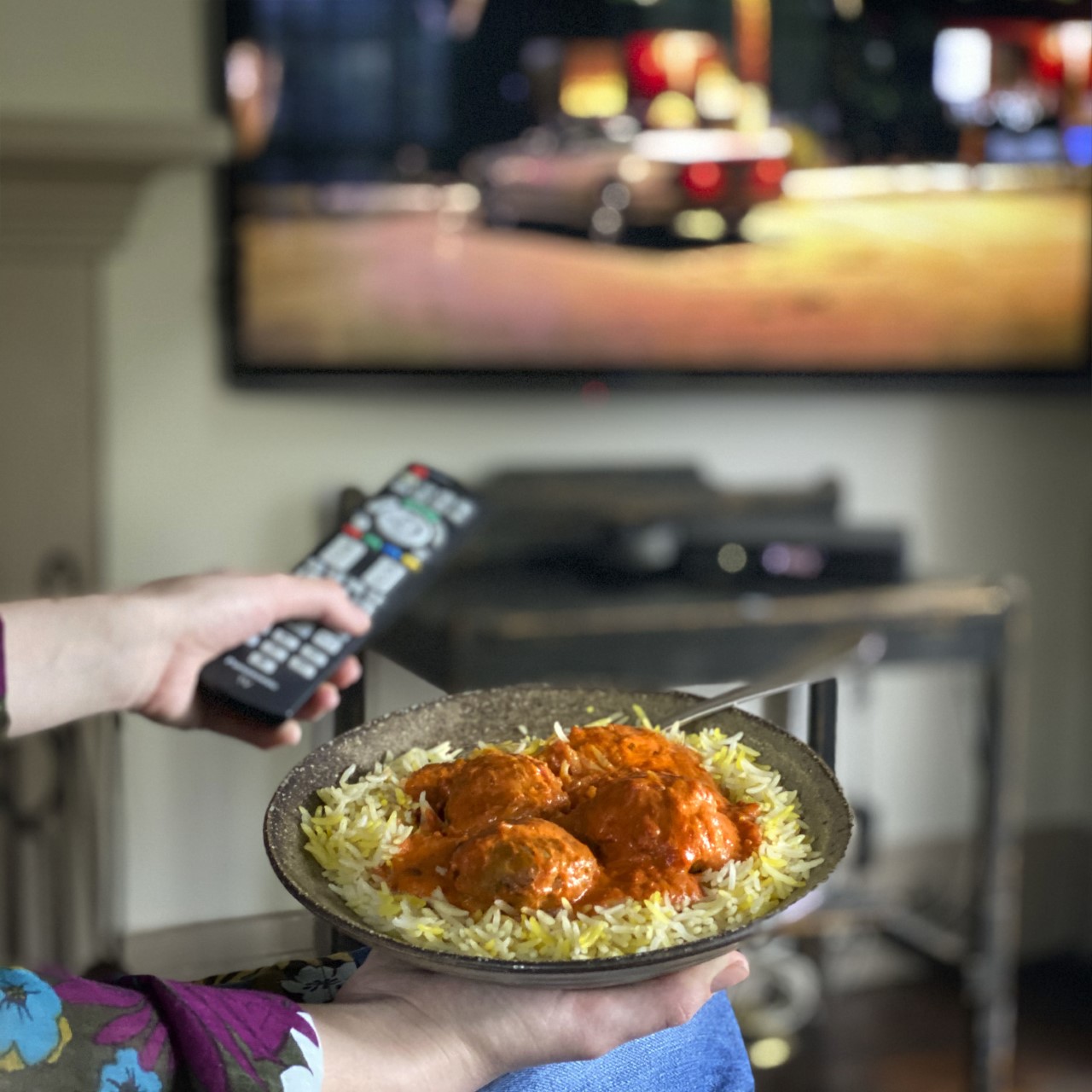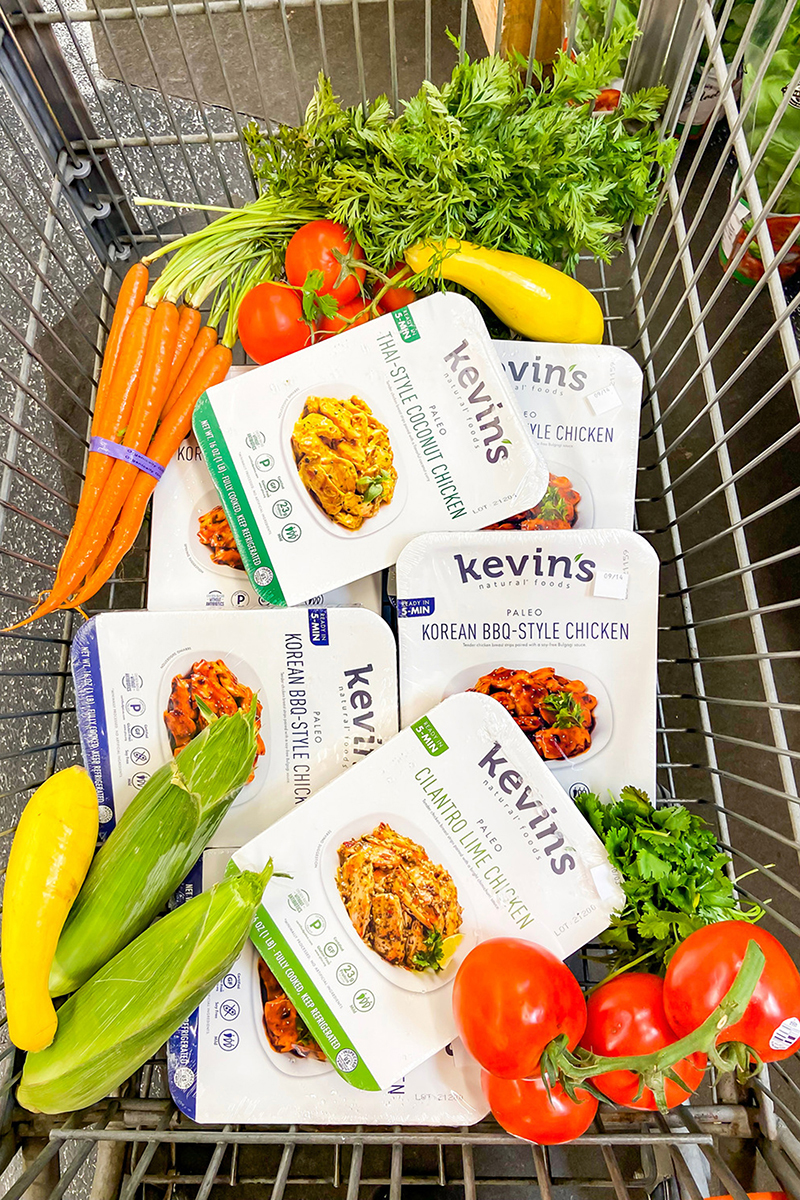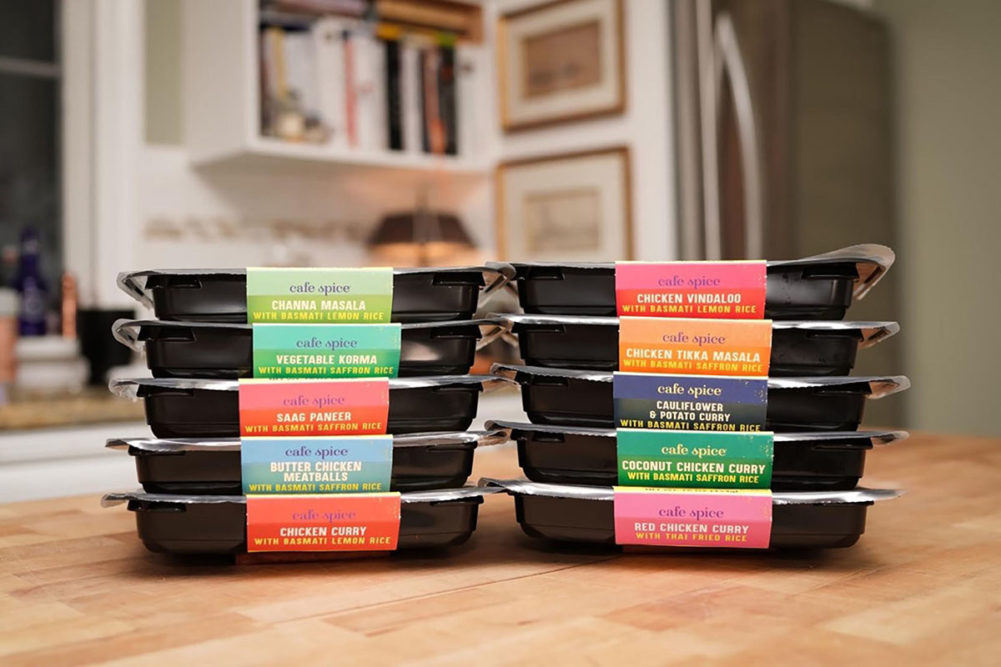At the height of the pandemic, with restaurants shuttered, Americans got used to turning to their grocery stores for meal solutions.
For many, that change in behavior became permanent. Helping to meet the huge new demand are makers of branded entrees sold in perimeter prepared foods departments.
“Reputation” is one of the key words that comes to the mind of Kevin McCray, president of Stockton, Calif.-based Kevin’s Natural Foods, when he thinks of the advantages branded entrees have over unbranded or store-branded entrees.
“It’s the ability to create a reputation around solving for a specific consumer need and then continuing to work with your customers over time to offer more ways to improve their lives,” he said.
Kevin’s focus is on helping to solve one of the most pressing issues in modern society—how to eat healthy despite the challenges that come with a time-starved schedule and an abundance of unhealthy convenient food options.
Since the Kevin’s brand is hyper-focused on solving this challenge, McCray said, the company is set up to respond to feedback from its customers and create products that make it easier to eat clean without sacrificing flavor.
Earning that reputation among retailers and consumers take considerable time and effort for new brands breaking into the market.
The pandemic effect
 Source: Café Spice
Source: Café Spice
Ever since the onset of COVID, the prepared foods and grab-n-go sections of the grocery store have boomed, said Lauren Baghdo, marketing coordinator for Café Spice, which specializes in fresh Indian meals sold in grocery perimeter prepared food sections.
“The pandemic shifted the narrative that we were all used to, and the food and beverage industry was no exception. We saw trends that were rapidly changing how everyone approached their business plans.”
From a manufacturing standpoint, tamper-evident meal packages or contactless meal solutions, as many buyers call them, took off when concerns over the pandemic started to hit the mainstream, added Giovanni Gomez, Café Spice’s director of business development. Consumers were, and still are, looking for ready-to-heat, ready-to-eat and freshly prepared meal options for in-store pick up or delivery.
Many people during quarantine were cooking at home more, Baghdo said. But those who preferred not to cook were buying already prepared foods, with not much cooking required.
“We speculate that prepared foods and frozen meals were seen as replacements for restaurant dining, which at the time, was not available. We’re still feeling the aftermath of the pandemic. Consumers’ buying habits have changed, and the bottom line is that they still want prepared meals.”
Challenges encountered and overcome
 Source: Kevin's Natural Foods
Source: Kevin's Natural FoodsOne major challenge of having a fresh, not frozen, branded entrée in the grocery store, Baghdo said, is competing against meals made in-store.
“It’s easy for a shopper to look at classic American meals such as macaroni and cheese, meatloaf and mashed potatoes and chicken wings, amongst countless hot bar items, and think, ‘I’ll get this, this is what I know and love.’”
Demos and other aggressive sales and marketing efforts are key to expanding consumers’ horizons to get them to try something like a Café Spice meal, she said. And once they’ve tried one, there’s a good chance they’ll be back for more.
“We find that our meals provide variety, and that’s how we’re able to compete. Our dishes are very different than anything else in the prepared foods section, which pulls in a customer, but with our continuous innovation with new meals, that’s what keeps them coming back for more — aside from how tasty everything is.”
Another challenge, Gomez added, is shelf life.
“It requires state-of-the-art modified atmosphere packaging technology, the highest ingredient standards, and a strong distribution network.”
The biggest challenge Kevin’s faced when it entered the grocery perimeter space, McCray said, was to create a market-disrupting product and deliver it at a value in a price-sensitive category.
Kevin’s found itself up against huge players in the category that had a decades-long head start when it came to gaining efficiencies.
“We were able to overcome this challenge by embracing manufacturing and honing in on effective sourcing,” McCray said. “We have our own production facilities, which allows us to optimize efficiencies.”
Kevin’s also found out quickly that a laser-like focus on sourcing and purchasing was also crucial to succeeding against the industry big boys.
On sourcing, Kevin’s goes directly to the source — even for imported products like coconut milk and monk fruit.
When Kevin’s launched, the company bought key ingredients by the truckload to keep prices competitive — a considerable risk for a new player in the market. Kevin’s also chose suppliers that are aligned with its mission to create long-term relationships.
In 2023, Kevin’s is excited about generating increased attention for its new Gluten-free Pasta Entrée line, which McCray said is the world’s first paleo-certified pasta entrées.
The entrees in the line combine cauliflower-based noodles, sous-vide chicken or beef, and Kevin’s signature pasta sauces.
The company is starting with five SKUs: Beef Stroganoff, Beef Bolognese, Chicken Penne Alla Vodka, Lemon Garlic Chicken Penne, and Chicken Pasta Primavera.
“They’re perfectly sized for two adults, they’re ready in just five minutes, and they’re great for people wanting to eat clean while avoiding gluten and grains,” McCray said.

